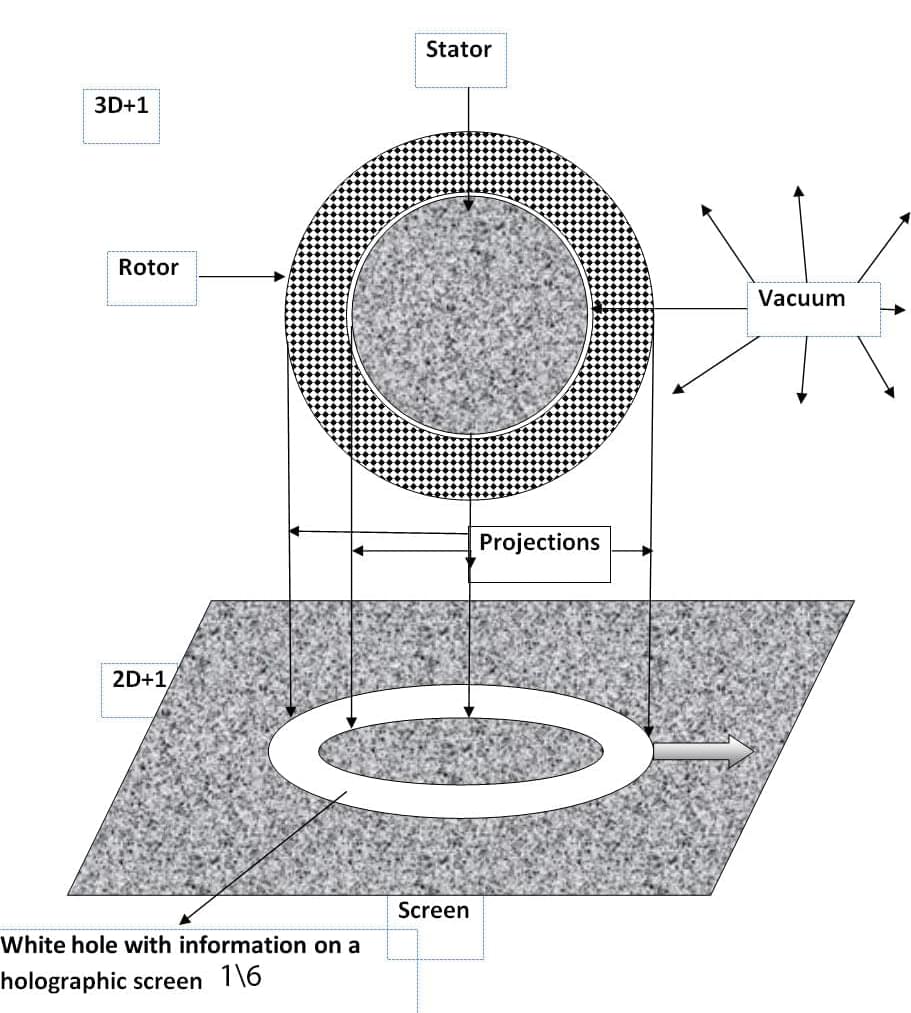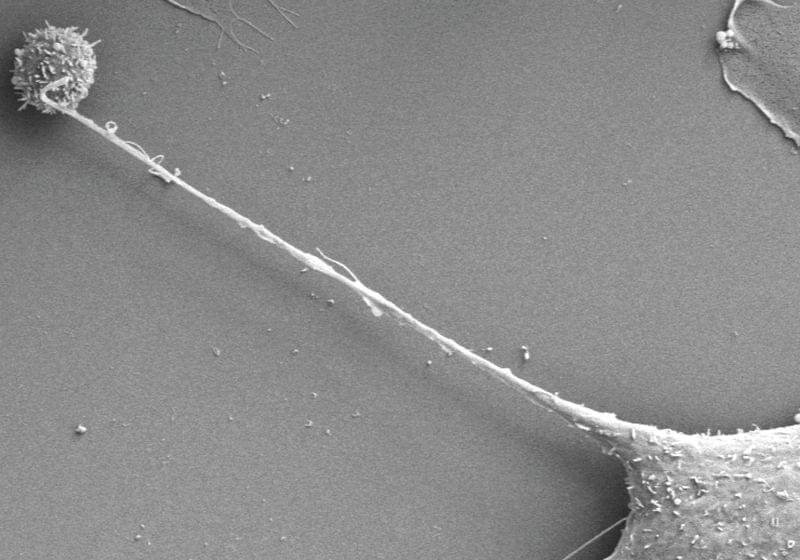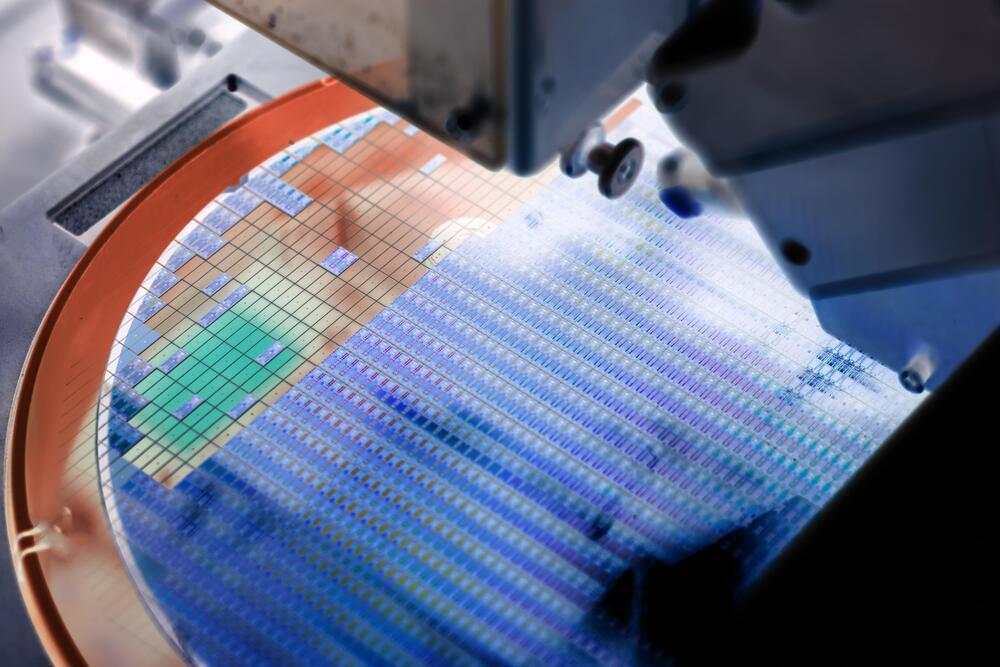Digital Twins are virtual models of the physical world. They use the Internet of Things, artificial intelligence and complex data in models that create insights and support (real-time) decision making. It is perhaps healthcare that holds the greatest potential for Digital Twins.
Get the latest international news and world events from around the world.

Elon Musk’s brain chip firm Neuralink lines up clinical trials in humans
Implants that Musk says could allow paralysed people to walk already tested on a macaque and a pig.
China Unveils ‘World’s Largest’ Quadruped Military Robot
China has introduced what it claims to be the world’s largest electrically-powered quadruped robot to assist the military on logistics and reconnaissance missions.
With a “yak-like appearance,” the four-legged robot can reportedly carry up to 352 pounds (160 kilograms) of payload and run at six miles (10 kilometers) per hour.
The platform’s structure is designed to withstand challenging off-grid military missions and conquer a wide variety of terrain, including cliffs, trenches, grasslands, fields, deserts, snow, and muddy roads.




Cancer Cell Nanotubes Hijack Mitochondria from Immune Sentinels
Cancer cells send out nanotubes to suck mitochondria from immune cells, finds a November 18 study in Nature Nanotechnology. The pilfered organelles allow the cancer cells to replenish their power while weakening T cells—a finding that could lead to new avenues for assailing tumors.
“It’s surprising that the transfer of mitochondria happened between different cell types, intriguingly between immune cells and cancer cells,” writes cancer biologist Ming Tan of China Medical University in Taiwan, who was not involved in this study, in an email to The Scientist. While researchers have observed mitochondrial transfer between cells before, most cases occurred between two cells of the same type. “Moreover, the mitochondrial transfer appears to have a significant impact on tumor cells escaping from immune surveillance,” Tan adds. “This is exciting because [of] its potential therapeutic implications.”
See “Nanotubes Link Immune Cells”.
The Killer Egg: What Is So Great About the AH-6?
Your email address will not be published. Required fields are marked
Comment.
